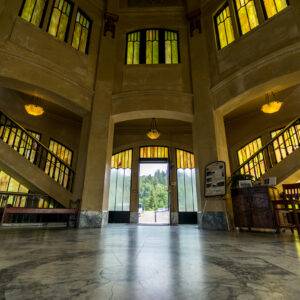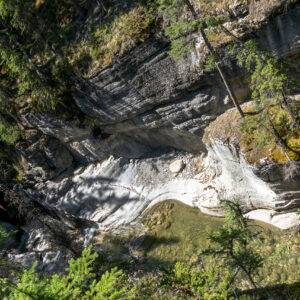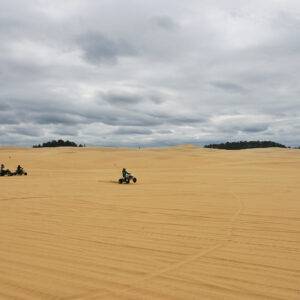NOCTC History Lesson
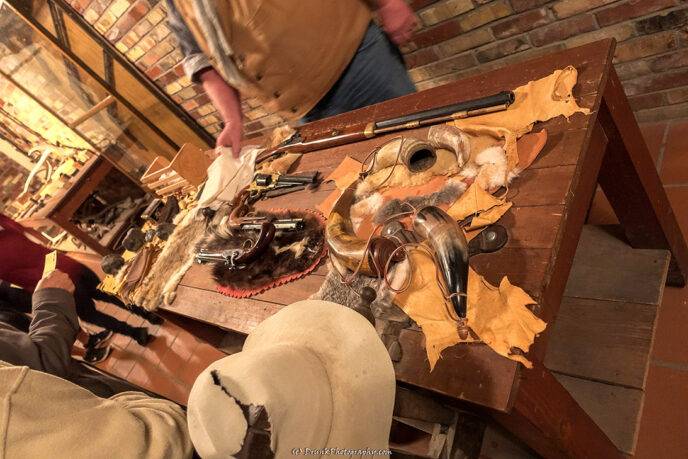
I'd definitely be armed to the teeth!
Montpelier, ID 83254
Who the hell would make this crazy journey, willingly?
Montpelier, ID 83254
Could you survive in an 1840-1850s Emigrants shoes? The NOCTC thinks not!

A special kind of person

That title question was rhetorical, you WOULDN’T survive or you would do it at all, I’ll reveal shortly! You can’t even go 1 hour without checking your I-phone, your group conversation skills are trash today, and they didn’t have Netflix then (I can see half of you bowing out right now), so you’d likely go kill yourself 1 mile in. I learned of the Oregon Trail, like I did a lot of American history, through VIDEO GAMES ( like HERE and HERE). A popular one, which was damn hard, was named “THE OREGON TRAIL“. The Pioneers of the USA, whom made their way from Independence, Missouri to the West of the USA, cut through what we call the Oregon Trail, and/or the California Trail, starting in 1841, through over 2,200 miles (10 to 20 miles at a time by oxen or mules), within 6 months (smarter to leave in May and hope for October arrival). These were actually not just 1 or 2 trails, but a series of paths and shortcuts discovered afterward, to make the way from East to the West, but one would be smarter to go in the 1850s than early 1840s, as the definite path there was already mapped by the initial 50 Settlers in 1841. It’s just a quick ride, right? 6 months, no knowledge about weather conditions, hostile opposition, rations, etc, could you (the reader) do as those Settlers did? The National Oregon California Trail Center (aka NOCTC) would suggest that today’s people wouldn’t survive an 1840-1850s wagon move westward! The initial 50 Settlers get all the credit for doing the initial hard work on this trail, in my book, and likely the NOTC’s book too. I think all of the hype surrounding this event centers more on those initial 50 Settlers, in 1841, than on anyone after, because people (today) refer to EVERYONE who did the Oregon Trail, as “Legends”. Well, I’ll introduce a few other folks, whom did the Oregon Trail too, and I’d like to know if today’s people would allow these folk to be considered “Legends”, as well. So while investigating the history on their travels, I asked others traveling with me, if they could make the trek. Not 1 person agreed that they could endure what the original Settlers endured, after the info gained from the NOCTC. The Settlers/ Pioneers had to be half MacGyver, and a special kind of crazy, to decide to head out to the West to branch out, make a homestead. The other half were seriously crazy to go searching for the riches of the US Gold Rushes, with absolutely no idea or knowledge of what would be waiting for them, in the forms of opportunity or danger. The promise of a new life and riches meant that many of them had to be completely desperate, right? Hmmm I mean there was no real intel initially, on where they were going prior to going there, right? Hmm Today, you don’t even go to a restaurant without checking the rating from Yelp first, you’d not survive, stop it! The idea of the Settlers appearing to be completely desperate to have made the trips on the Oregon Trail, in that question I posed earlier, is a common misconception about people who did the Oregon Trail, which I’ll argue later. I’m telling you, the people who made that trip were not all poor, they were pretty well off, in reality. I’ll expound on that, in a bit. Today, we have roads and maps of these roads, GPS for our cars, cars which go fast, or we can take planes which get us across the country very fast. The railroads weren’t even ready by the time the Settlers started the Oregon Trail, wagons or horses were used to transport people or things primarily. Some people did the trail by horses, but they were going very light in loads, not moving everything they owned, or they had horses with them and they had wagons with them. The Settlers mostly had to traverse the country in covered wagons with no suspension, can you imagine how sore your butt must have been to ride in one of those? I did ride in 1 once, and in the simulated wagon ride as well- not pleasant, let me tell you, and that would have been the point at which I hopped the f##k out and failed the Oregon Trail. lol
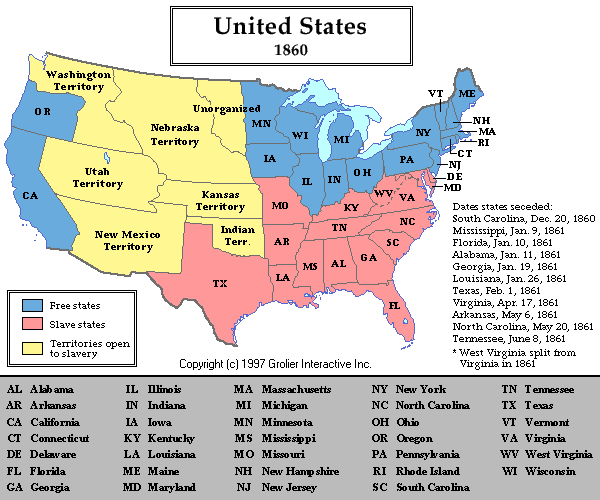
Up to 320,000 confirmed (# often disputed and inflated to 600,000 likely including Gold Rushers and people who crash landed in other states) people made this journey across the Oregon and California Trails, in search of hope and better life* (asterisk here on purpose), as the population of the US was 31 million in total, by 1860. 30,680,000 US people said “F#(k that!” I had always wondered to myself, “how the hell were these settlers so brave to cross the country, and what drove them to do this with no certainty about anything they were doing?” This is a big question because a lot of information put out there didn’t line up with the facts about the times, and the people making the voyage. The popular claim was that many people utilizing the trail went there to “find Fertile Land”, which is land to farm, so these people were looking to homestead. The Problem with that is that the states the Settlers were headed towards were either not Slave states (states allowing Slavery of Africans), or were open to Slavery (were neutral) but were not confirmed Slave states (The South). Who was able to homestead, and didn’t absolutely 100 percent rely on Slave labor then? The Oregon Trail started in Missouri, which was a SLAVE STATE, so did that mean that people on the Oregon Trail had Slaves or depended on Slave labor and therefore wouldn’t have the skills to survive it, nor rights to own slaves when they made it to their final destinations?

Hmmmm Well, touch this topic too. This would indicate the elimination of a bunch of people who wouldn’t even bother with the Oregon Trail, nor would want to migrate anywhere near the West, as it would uproot their lives completely if they couldn’t have Slaves in the states they headed towards. The stories of the Settlers is always told as “desperation stories“, I argue that’s mostly false, based on historical facts, I’ll outline. That leads me to wonder “Why couldn’t ANYONE just pick up and do this trail if it was so promising?” but I meant that as “could anyone living in the country (Slaves not included for obvious reasons- but eehh we’ll get into that too) if they chose to do the Trail, to it and whenever they chose to?” Thanks to the NOCTC, I learned that many of the things I had previously learned, about these Settlers, were actually not exactly true, when you put the evidence up against it, and it was NOT easy to navigate the trail despite the path being ironed out, even for those who passed a decade after the first Pioneers. And after I break down the environment, mechanics, and cost of such a trek, you’ll quickly see that much of what you learned also doesn’t match against what historical facts outline. I set out for the best interpretive center of the NOCTC, in Montpelier, Idaho, USA.
Total reassurance
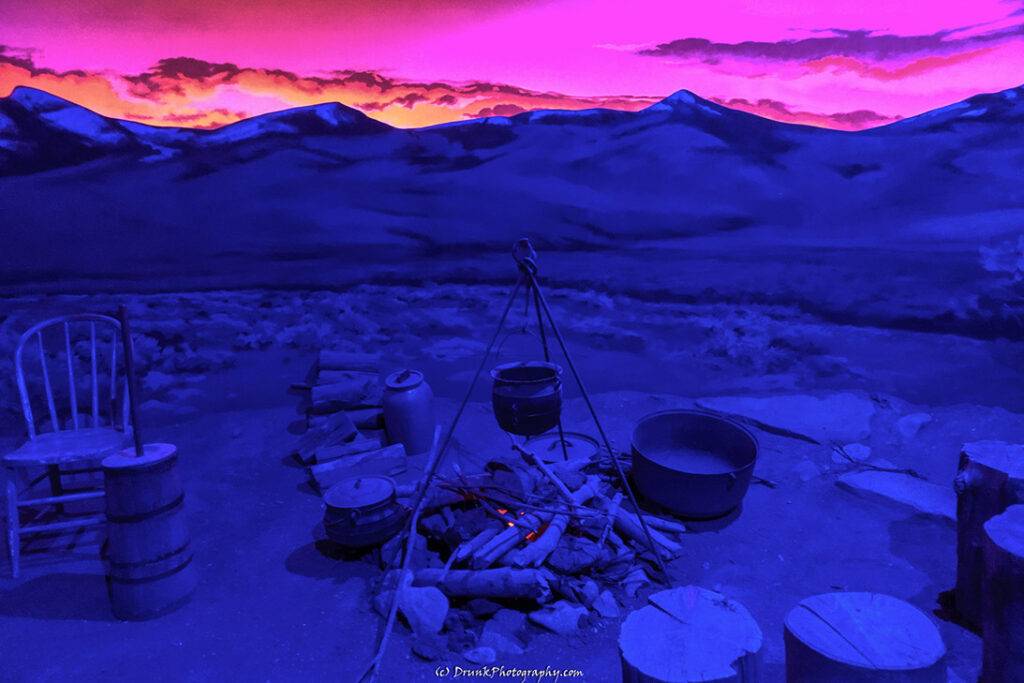
I initially started this quest for information because I wanted to move to Oregon myself, so I went through the history of it, after being somewhat startled when I saw a bunch of confederate flags waving, at a massive car show/rally that filled many streets in Roseburg, Oregon, the year before. I was on my way to the Holiday Inn there and was mortified, as I had to pass all of that to get there. I realized that I really didn’t think Oregon was a good fit. Still, I was curious, and one can’t know about Oregon without learning the Oregon trail, so that’s when I found that the NOCTC was a great way to learn exactly what I wanted to learn about the early life of the Settlers, because they put a lot of very interesting situations into perspective, some of which you take for granted considering your life in our current world. As with many things I (and many out there) learned, in the past, there need to be revisits of the “facts” after the data has been updated, because many times, that initial data was not correct. Like many people in the USA, I learned a lot of US History from Hollywood, book fiction, or even in a video game, as I wrote is how I first learned about Custer’s Last Stand. My knowledge of The Oregon Trail came to me no different, I first learned of it due to a video game too. LOL. The visit to the NOCTC was a chance to get the information straight, and question many of the things I learned, previously. The first thing I wanted to know was, when one imagines whether or not they could make the same trek the pioneers did, did they think: “How are we going to properly navigate to get there given that we haven’t done it before?” You’d have to know that the Settlers didn’t know everything about where they were going, nor how to get there themselves. They didn’t have maps previously, so to be a Pioneer, you would have to make your way out to land foreign to you. Updates in history revealed that the Pioneers and travelers were not so blind to where they were going, after all. For instance, a huge lie told about American History and these trails was that Native Americans harmed the Settlers. What we have learned since was that it was Native Americans who helped the Pioneers/Settlers navigate across the USA, through much of the land that was taken away from the Native Americans by the USA. However, by law, the agreements of treaties was that no Settlers could move on Native Americans lands (which was continuously abused by the US Settlers, all over US especially during Gold Rushes). Many people were accusing Native Americans of mass killings of Settlers, but that is simply not true. Many Settlers were also helped by the US Government, if the Native Americans did not remain on their Reservations, or interfered with Settler traffic, they were arrested or killed by the US Army- think of the (offensive but often overlooked as such) saying “OFF THE RESERVATION” which derives its meaning from the pursuit and brutal killing of Native Americans who would not remain entrapped on the Reservations (land jails) outlined for them by the US Government, which were enforced by the US Army. So that was a major deterrent for Native Americans. Most importantly, Native Americans had BUSINESS to run, and trading was very important, so this was their focus, not attacking people and bringing them heat they didn’t want. Fear of safety, on the trail, might have been a bit exaggerated.

There were treaties between the US and Natives for the land grabs, and the sharp clauses always included leaving the Settlers alone, and Settlers not being able to take Reservation land. US didn’t care if Natives killed each other, they just wanted Settlers to homestead without the hassle and they SET UP MILITARY FORTS ALL ALONG THE OREGON TRAIL ESPECIALLY WHERE NATIVE AMERICANS WERE!! Why? Because forts like Fort Laramie were FUR TRADING POSTS since 1834, before the Oregon Trail trek was established!!! Again, business was happening. The military was there for added might! These are important details because this is what was giving the Settlers the reassurance that they could make it relatively unharmed to their destination, which is wholly responsible for the confidence of the Settlers to make that trail journey, invincible because they knew that the US military would rain down on Native Americans for harming the Settlers. But Native Americans weren’t bothering Settlers. Native Americans contributing to the maps used were the biggest help to Settlers. The cooperation of Native Americans helped make it possible for the Settlers to have the confidence they did to move. In fact, the Native Americans were helping Pioneers since 1803 when Lewis and Clark made their journey and mapped out what were the Platte and Snake River bookends that make up the Oregon Trail, through the Rockies. So, eehhh it wasn’t an entirely “unknown” Oregon Trail, history later showed us, because Lewis and Clark already provided more than 40% of Oregon trail with those two river mappings towards the Northern Rocky Mountains. Lewis and Clark opened up Native Americans to US trade, so Natives along the path were already with the business mentality, 40 years in advance of the Oregon Trail. You know who would kill Settlers if they came around, especially to Utah? OTHER SETTLERS, like the Mormons! Oregon Trail Settlers were ending up in Utah, on route to Oregon, and apparently, people weren’t just going to Oregon, they were making camp in other states, we later learned. The Mormons killed 120 innocent Settlers heading along the trails, and kidnapped the kids too young to remember or tell the stories, in what is known as the Mountain Meadow Massacre, all in 1 event!
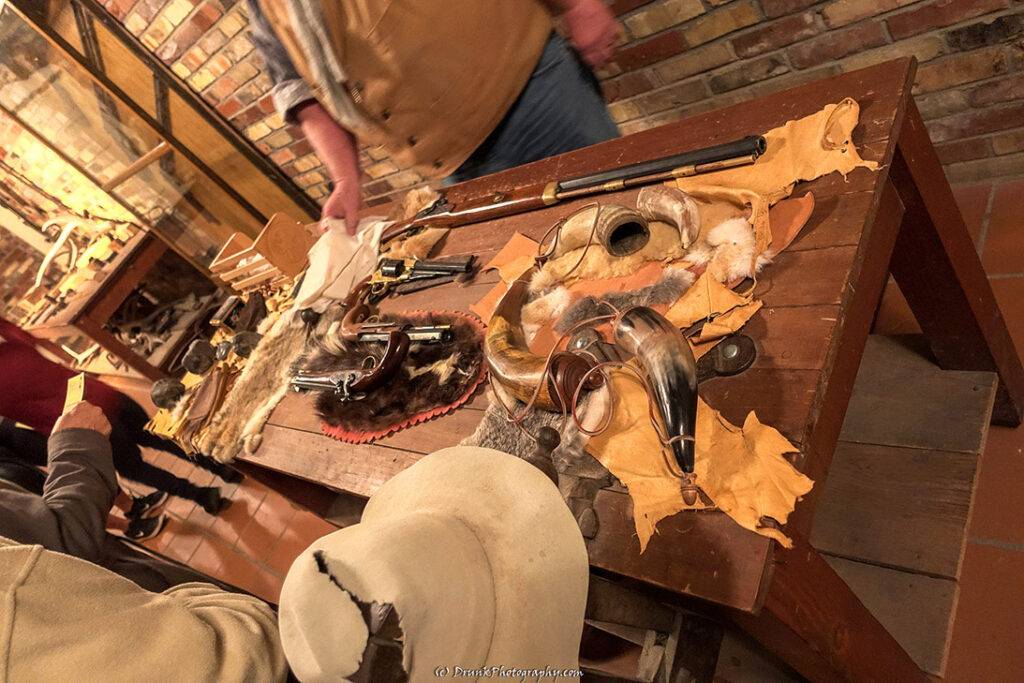
You know who came for them after that incident? US Army, from those forts! This was the real threat to Settlers by the 1850s, OTHER SETTLERS. Settlers could come in contact with Natives, Mormons, thirsty Gold Rush people, all competing for the same land, so conflict could break out between any of them. Settlers would go hunting and be in the same space Native Americans hunted, and boom a possible conflict. Those treaties were enacted due to these fights that broke out, and always resulted in more Native land being taken away. No one blames the possible terrors of doing that Oregon Trail on any group but the Native Americans, which didn’t really happen as people claimed, and history shows it considering the numbers of people successfully passing through the Oregon Trail. If people were terrified, they would not go, and would not risk their whole families’ lives by bringing them on this trail! Settlers were NOT worried about Native American conflict, and they also had the full assortment of weapons ready for anyone who wanted some (gun)smoke! You had better be an expert craftsman, gunman and farmer/nutritionist/baker/cook if you want to survive the trail. So we can start crossing a majority of the population of the USA off of this list right now. Hmmm Could people who relied solely on Slaves to do all of their work (whom therefore never learned good homesteading skills) make this trip if they themselves never had these survival skills, and the knowledge rested with their Slaves? hmmmm Don’t cross those people off of the list of those whom could have crossed the Oregon Trail, just yet.
When reality DID finally set in
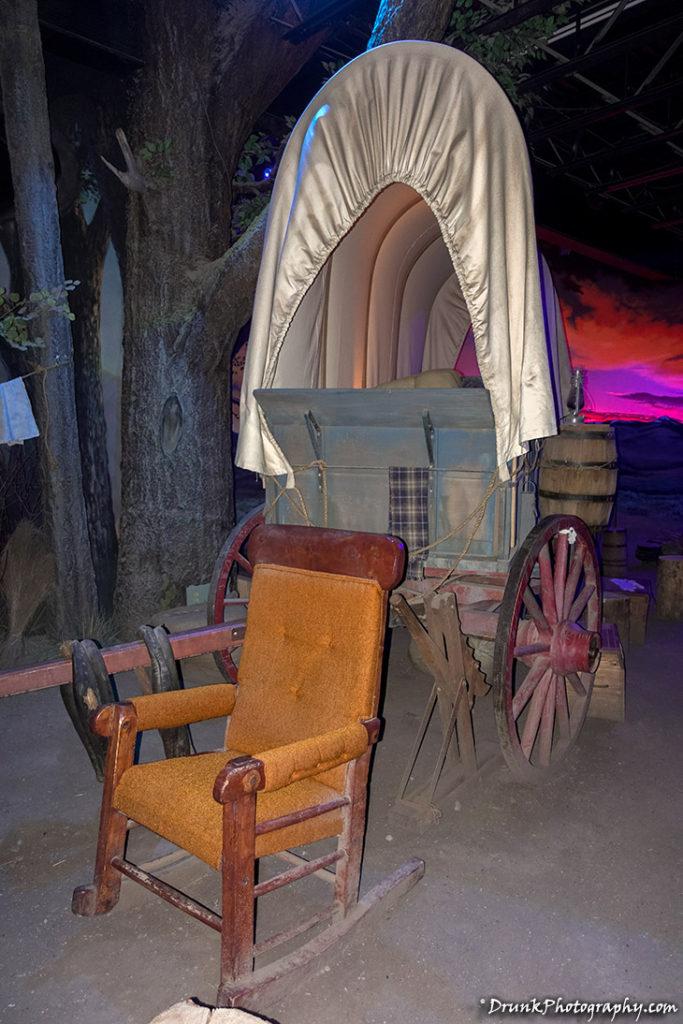
You’d have to consider that people expected to make the trip in 6 months, if not delayed at all, and they’d use landmarks as signs of whether or not they were on schedule. This is the significance of the various landmarks along the trail, like Independence Rock, which was used to keep pace on this journey by July 4th. If you didn’t hit the mapped markers by certain dates, you were in harms way by the time Winter comes around, wherever you would be. But how did they know how to keep time and date accurately again? If you were off schedule, you were in for a world of hurt by the time Winter came, wherever you were, and bad weather on top of that, before that time. This was a huge concern, right behind the physical security of making this trek, was the security of your investment in what you brought to carry/last you until you get to the destination, and weather impacts on that. This is the reason for the topped canvas to the covered wagons, these had to keep your possessions dried and safe, everything about your nutrition is dependent on this wagon being protected from the elements. You don’t want the flour products to go bad, you don’t want rot on anything food related, and weather tested your ability protect your goods. That wagon had to be sturdy enough to protect in all weather and environmental conditions. A lot of people reading about the Oregon/California trails think that people could just easily pick up and make the trek without any real consideration about what one would need on this trip. Your choice was life or death after you committed to the it. Your economics had to be in order, the budget was crucial to make this trip because you purchased what you needed prior to the trip, and then you had to fit it on your wagon(s), and sent that all the way across the country. You needed a wagon(s) and animals to pull it (they did not use horses exclusively as I’ll explain later, and Hollywood is mostly responsible for that inaccurate depiction of people on the trails) for sure, you needed tools, you needed food, you needed protection, etc. Point being, you needed to be meticulous in your planning of making the voyage of the trails, because if you were without material to make food, defend yourselves, or to nurse any injuries, you’re dead. This is where the fear of the trips came into play. Your own ability to make the trip and how sharp were you in planning. It’s was a survival of the fittest type of trip for these Settlers, but the opposition was really yourself. That is 1 major reason why the numbers to do this trip was so low, considering the size of the population.

So they didn’t have the Weather Channel, to refer to. They could have everything they invested in and brought on this trip, all go to waste, or become damaged, and then be stuck in the middle of nowhere. Can you imagine that fear of being stuck in the middle of nowhere and in a hail storm from strong wind? How would your equipment hold up? Wouldn’t it all blow away? Summer was notorious for this. So the choice of clothing is important here too. It’s a bother for you to dress every day in current times, but you can check what the weather will be like previous to going outside, and these Settlers could not. Then they’d walk all that distance in these clothes too? Yuck. The food you could take with you is a concern because you’ll have to make food on the fly, so this is why they’d have material to make biscuit and breaded foods on the fly. Settlers’ cooking skills had to be optimal to survive. It’s very easy for grains to go bad in trying weather. Winter wasn’t the only concern, Summer was a major concern too. If it’s too hot outside, you’re also going to rot any meat or animal byproducts that you tried to take, like milk or butter. So the Settlers would likely bring bran and cornmeal in a barrel, smoke the meat, and stuff that and their eggs inside of these in the barrels, to keep them protected from heat. If the Settlers ran out of food, they could go hunting for animals along the trail, but this put them in harm’s way, especially if they’re in places where they’re encroaching on Native American land, who were there competing for the same resources. Even worse, if you wanted to eat an animal that the Native Americans considered sacred, they would kill you if you stole it from their land, and then killed it yourself. So if you didn’t plan your food-game right, you’d risk having to go out and hunt yourself, which brought you a greater degree of danger. People didn’t want to do that, so to lessen the likelihood of that happening, they’d run some cattle with them for the trail, which they could also make milk and butter from. The blades they carried were also to chop up animals or wood for the fires. The NOCTC explained to me that the buckets (which I saw on wagons) would be hung under the wagons, during the ride and that’s where the milk was being converted into butter. Again, more evidence that if one wanted to be a Settler moving out west, one HAD to be nice with their harvesting/hunting/cooking skills, or they would not last. That excluded a good chunk of the population, but Europeans like Germans and Scandinavian folks were professionals at all of this, as all of them were farmers originally, as opposed to North England or Scottish people, whom had zero farming skills and stuck to the South, with a huge dependency on Slave labor. Although the Settlers didn’t know the science behind Vitamin C keeping humans healthy, as in preventing scurvy (which was big at the time), they knew fresh fruit/veggies kept the body strong. These Settlers knew that they couldn’t depend on trying to harvest on the trail for fresh food. For this reason, they used their mastery of pickling and kept pickles on hand to stay healthy the whole way (the main source of their Vitamin C). The Dutch clearly were leaders in bringing Pickles to the US East when they arrived, so they surely had these on the ride, along with Germans. So, master farmers made this trip, anyone not of that level, did not, as they’d not be seeking fertile land, which was the common goal of people using the Oregon Trail. I guess we can eliminate anyone who didn’t have farming skills because where they were heading, there were “No Slavery” policies. You’d have to do all of the work yourselves if you went to those states.
German Engineering Excellence
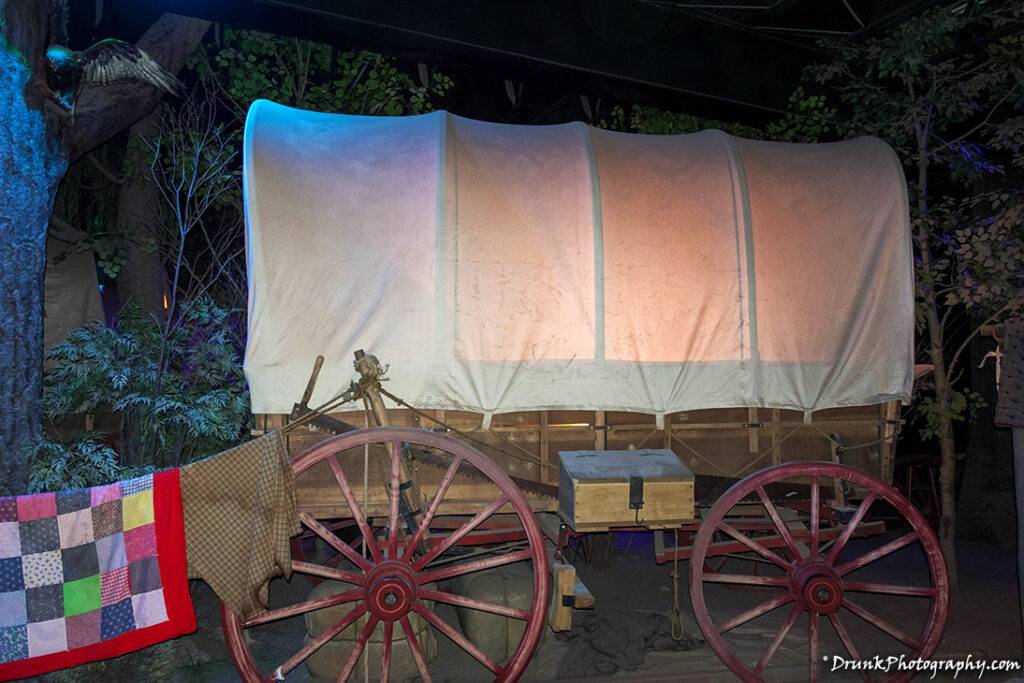
The Settlers had to pick a good wagon. Even today, if one were to visit the areas that made up the trails, they’d still see remnants of things broken down or thrown out by the Settlers, which was common to see back when they attempted the trails. Unskilled planners under or over-estimated what they could bring with them, all of the time, putting a strain on their OXEN pulling the wagons. Yes, OXEN (the plural form of OX) pulled these wagons, not horses for the most part, and mules too! You’d want to use Oxen as a first choice if you had to. All eat grass so it’s low-keep, but Oxen are strong and less likely to tire but were slow (up to 20 miles accomplished a day), and if people were trying to put things barrel and barrels of things in these wagons, weight was everything! Wagons came in multiple types, the most popular is the one you see being pulled by 6 horses, those are the Conestoga wagons, and they were absolutely not suitable for Settlers, as they were too big and too heavy for the Oregon trail’s purposes! Conestoga was the invention of Germans from modern-day Lancaster Country Pennsylvania. Cities and towns used the Conestoga to move freight, but it was not for this kind of trip to the Oregon or California trail. You call a cigar a “Stogie” because they were smoked while people rode in Conestoga wagons. So, that’s a big misconception, the Conestoga was not used on the Oregon or California Trails, you used them for people transport and freight transport as they’re big and bulky. Regular farm wagons were used by these Settlers on the trails, which you’d expect since they were farmers, commonly known just as “covered wagons”, “overland wagons” or Prairie Schooners– named that for the look of the canvas resembling sailing ships called schooners when viewed from the distance. Hollywood movies showed Conestoga used by Settlers and had them riding in them comfortably.
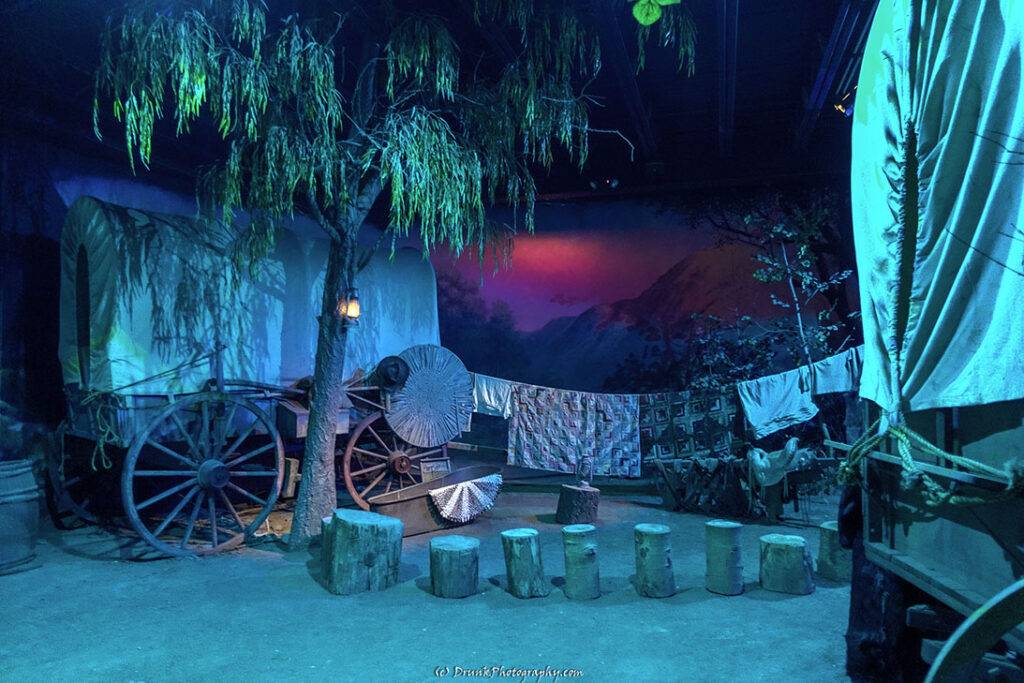
Prairie Schooner wagons were 6 feet wide by 12 feet long, 3 feet high, and could carry up to 1 and a quarter tons of weight. They were built tall enough to cross streams without fully going under. They were not built for comfort, you’d get in it only for shelter from the environment. Well, the NOCTC puts you in the wagon simulator, and let me tell you, I could NOT stand more 1 minute more of a simulated ride that lasted about 5 minutes. No way in HELL could anyone actually sit in a wagon and navigate across 2,200 miles of unpaved roads, in that thing! There were no smooth roads, the wagons don’t have shocks like you have in cars, it was too bumpy and hurt butt to back. That means that anyone who brought a wagon to the trails, had to know how to repair wagons, or they’d be stuck in the middle of nowhere if it failed! You’d have to ask “wait, was everyone a handyman/repairman?” Of course not. The wagon trains were organized so that people in it had skills, but if you went with your family, you HAD TO BE a top handyman or bring one. Some of those buckets were filled with tar, and that is what you had to put between the seams of your wagon to make them water repellent if going through many streams. Then you had to know how to properly oil your canvas up top to keep the rain out. You needed axle grease, and spare wheels, axles, you were porting your garage with you! And how do you think these people got over the big hills? They had to disassemble the wagons, use ropes, and pulleys, to move the wagons up and over. SERIOUS SKILLS were needed! This is the part of the Oregon Trail which was clearly no task for the weak! How was it possible for all of those people to ensure this?
The did it all by themselves* / The OTHER “Legends”
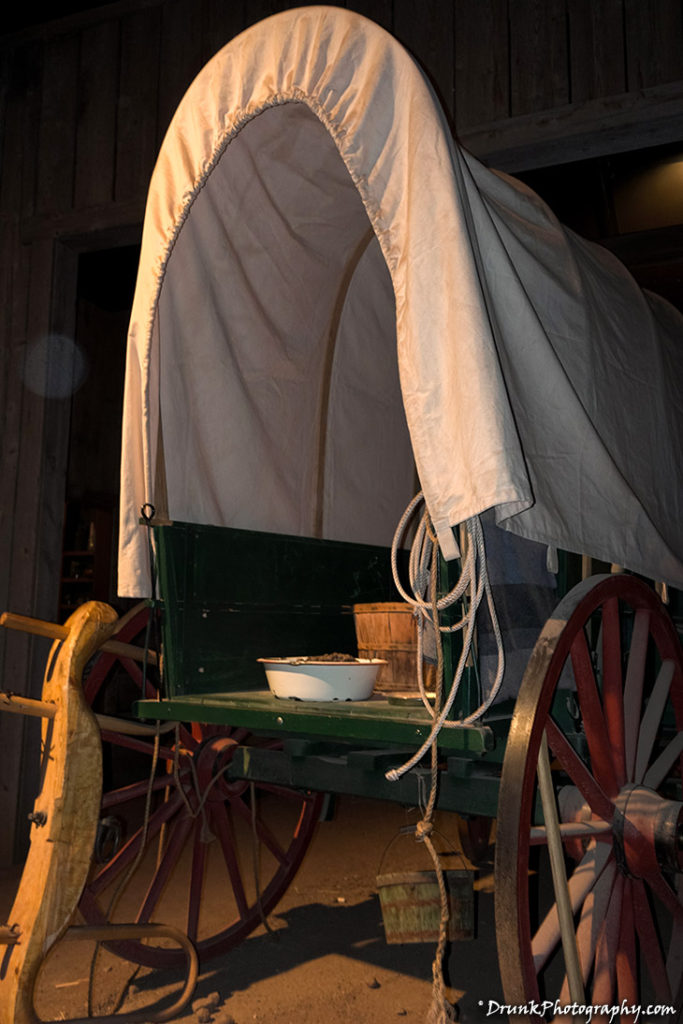
When people tell the stories of the Oregon trails, they make it sound like individuals went alone, braved the wilderness alone, well that’s not entirely true either as many went in groups. Even the original Pioneers had help from Non-Settlers and other Settlers. This part, you’re not likely going to learn from NOCTC, so I’ll make you aware from my own readings of works like “BREAKING CHAINS ON TRIAL IN THE OREGON TERRITORY“. I started looking at Oregon like… lol Yeah, not just White Settlers did that Oregon trail, contrary to what you’ve been taught. Whole groups went with parties to cover the skills needed in many instances, whole groups need to circle the wagons, community is how they survived. After that, you’re left wondering “If they put all of their possessions inside of the wagon, where did all of those people ride?” The answer was,… THE PEOPLED WALKED THE WHOLE WAY!!! uhhg No one sat in those wagons, they couldn’t physically take it if they tried, and it was made with a flat body, unlike a Conestoga. Sure, some people put in a bed and seating, that couldn’t be sustained. One had to walk alongside their wagon (the side of the wagon are lower on this covered wagon than a Conestoga), or ride a horse, so if you see pictures depicting the life of settlers and you see them walking beside the wagons like they’re walking a horse, this is the real reason you are seeing this scene. How many people do you think would be willing to walk all the way across the country (then or now)? Not many. That eliminates MILLIONS of people from doing the trail right there too. Another incorrect thing I had corrected, was that the wagon train was not always in single file line, that’s what Hollywood likes to show. These wagons liked to spread out, not be right behind each other, so that you don’t “kick up dust”, so to say. If you’ve ever been behind a wagon, dust flying in your face is a big deal, so to avoid that, they spread the wagons out whenever possible. Also, the wagons forming the circles of wagons, which are seen in pictures or from Hollywood movies, was NOT done to protect Settlers from attacks from Native Americans, which also didn’t happen as depicted. The circling up was to keep the livestock confined inside, so they don’t wander off, overnight or when they came to rest stop landmarks! It would take too long to coordinate a circle while under duress due to attack, and everyone would be dead! They’d also not be able to escape if they were found like that by any attackers, especially if under attack by Native Americans who knew how to navigate the lands expertly. All bullsh1t history told to us, by Hollywood and fiction writers, vilifying Native Americans to sell tickets in movies and make themselves Cowboy heroes.
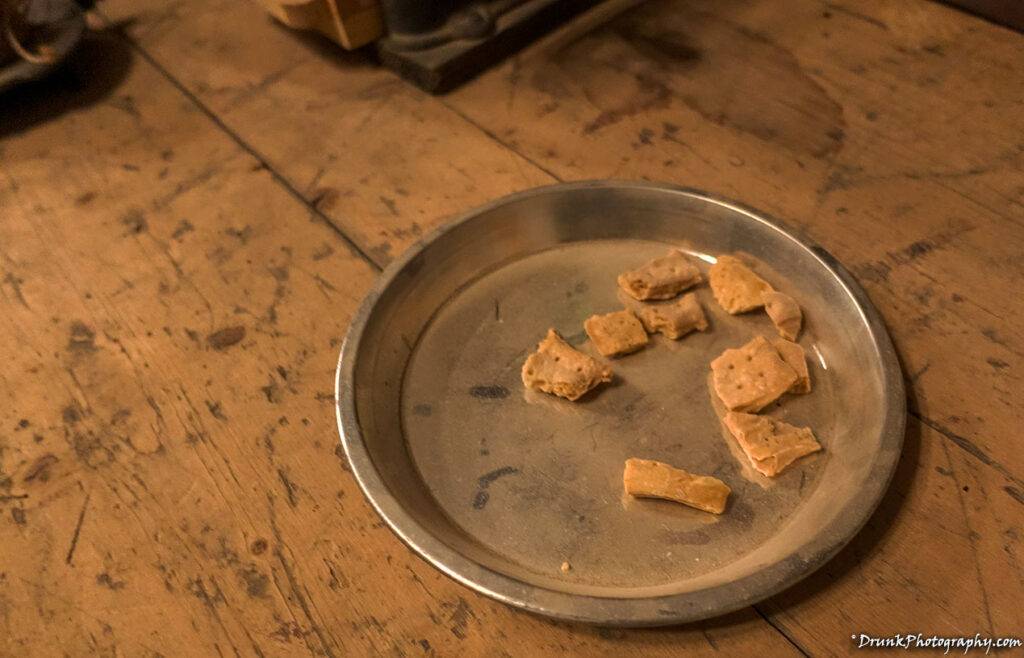
Over almost 20 years of the Oregon Trail, only 350, of the 320,000 (or of the inflated, disputed 600,000 total passers of Oregon trail) Settlers died from confrontations with Native Americans, but these were not the major cause of death, not by a long shot. If you met tribes here, you met the Pawnee (southern trail) or the Cheyenne (northern trail) likely, but Native Americans were assisting any broken down wagon trains, and unfortunate Settlers stuck all along the way. That’s another FACT not told properly in history. You really think these Settlers. who didn’t know their way completely, did all of this navigation, at that success rate, with ZERO Non-Settler help? Get real, people! That’s why so many Settlers made it safely. And they had help from people at the Forts along the way. Then there is the matter of Slaves, and FREEMEN, all African Americans, whom made their ways west on this trail. You think they were just hanging out and found the trail? NO. Slaves they did all that work required to get Settlers through the trail, and the Freemen (most notably GEORGE WASHINGTON BUSH who was never a slave and was rich due to slave master passing money on) had the skills, AND MONEY, it took to cross the Oregon Trail, too! GW Bush had 6 kids, that’s how you made your workforce back then. You think any Settlers were eager to have him tag along? NO! He made it with only his family but faced hate in the end. That’s also the story not told. African Americas came, free and not free, to which of course, Oregon’s original controllers BANNED African Americans from being able to EXIST in Oregon. Imagine if slaves escaped mostly to North-West (Oregon Trail) instead of North-East (Underground Railroad), either ending in No Slavery states? Well, Oregon wanted no parts of that possibility, initially. The original controllers were PRO-SLAVERY, they just didn’t want any Blacks in their state- you see the confusion, right? lol So when the slaves and freemen landed in Oregon, they were immediately rejected- GW Bush set up right outside of Oregon’s jurisdiction. When the slave masters arrived in Oregon, they were told that they had 3 years to get rid of their slaves, and then the slaves had to vacate all of Oregon, due to the “LASH LAW“. Sounds like an odd name for a law? Well, true to its name, it required slave owners to free the slaves, but not before BEATING THE SLAVES 2 TIMES A YEAR UNTIL THEY LEFT THE TERRITORY OF OREGON, FOREVER, wtf??!! Do you think that Slavery could become such a hot-button topic for the whole of Oregon had slave owners only brought 1 slave over? NOOOOO they were bringing many slaves with them, and after successfully being used to migrate the slave master Settlers via the Oregon Trail. Oregon’s controllers wanted the slaves to be done with, to keep Oregon and All White state, they stated it in policy. Oregon also was the only Union state with a clause specifically stating that Blacks couldn’t be in Oregon, couldn’t own property in Oregon, couldn’t do business or own contracts of any kind, in Oregon. Oregon was made a No Slavery state officially (landslide decision by residents to not allow it) by time it entered the Union for the Civil War- after MUCH political fighting over slavery. The famous landmark case ” Holmes vs. Ford ” from 1853, also highlights African American struggles with Oregon’s confused past, where the Holmes family (Slaves) came with their owner Nathaniel Ford in 1844, the adults set free, but Ford tried to keep their children as slave property so the Holmes sued (and won) their kids back! Slavery wasn’t legal in Oregon, but it wasn’t stopped either, so the Holmes family was one of first African Americans to make it to Oregon, proving that Slaves did a lot of work for the masters, to cross the Oregon Trail. So now my question is, “if Slaves and Freemen crossed the Oregon Trail, can people accept them as “LEGENDS” too?” We won’t even begin to talk about how Native Americans did this for centuries prior though… But wait, we know that POOR PEOPLE DIDN’T OWN SLAVES, THEY COULDN’T AFFORD SLAVES! hmmmm Who were these Settlers again, to be able to afford slaves??? Still, my point is there, the Settlers had been using SLAVE HELP to get across the Oregon Trail, or Black Freeman crossed the Oregon Trail too, not just European Settlers! Many of these Settlers were not ALL the ALL-NOBLE-ALL-KNOWING people they’ve been painted to be, in the history books, considering this- I deduct a point if they weren’t the first 50! You’d think they did it all on their own, only them, if you read the history books! <– (oh, you didn’t think I was going to write this and not sneak some Black History in here, did you? You should know better by now. You’re gonna get these BARS!!)
The truly hard part / Truth through numbers
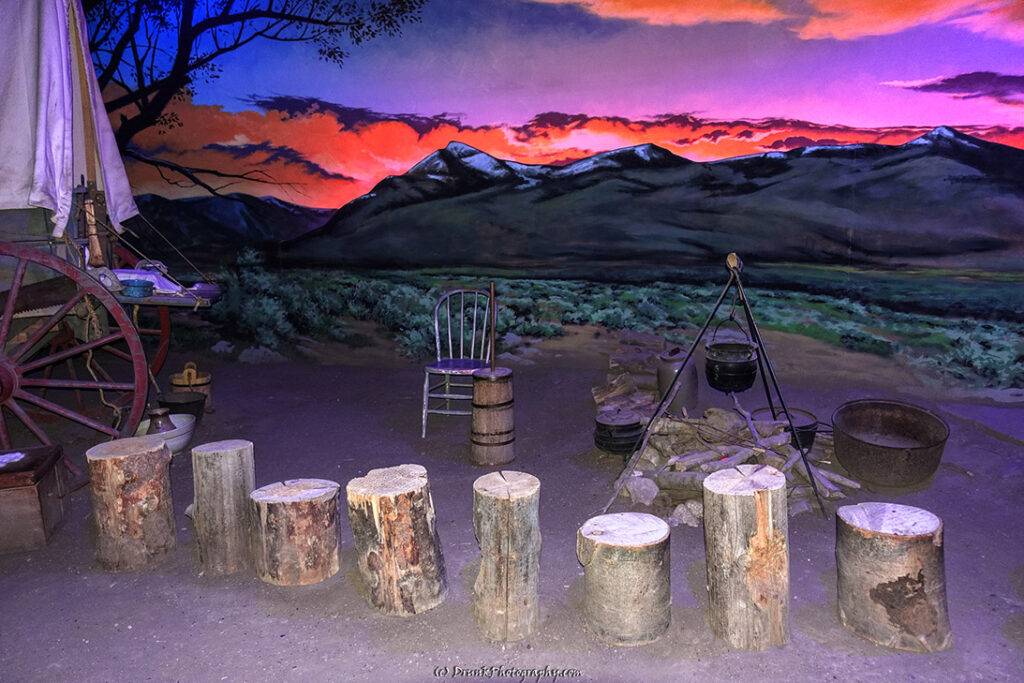
Finally, the NOCTC plays some games with you to blow the mind a little, where they made you unknowingly participated in when you first signed up for the tour. They also test your decision making with a few questions. Based on your answer, you either survived or died by the time they spoke about the mortality rate. The mortality rate (on the trail) was relatively low, as up to 6% max (of the population traveling) died, and they were mostly old people and young. The bodies they had then, and the bodies we have now, were not the same and couldn’t fight infections the same. They had not the medicines and crap we have stuffed in our bodies, today. If they got sick back then, there was a great chance for death. You, you get some bumps that you scratch, and you’re right back in the club, trying to score. Not the Settlers, that likely ended in death. So the elderly, with their old immune systems, and the young with their underdeveloped immune systems, were the greater of the casualties. Along with what I mentioned of food contamination, there is water contamination. Where were these people getting fresh water? There was no Brita filter back then. One of the reasons Coffee was a major thing to bring on these treks was because these people were drinking ALKALI WATER, which tastes like summertime donkey anus. Your 2 likely sources of water are streams and rain, which you caught in a bucket you hung. Coffee was used to mask this taste and it was given to given to adults, to kids, and to the oxen so that they would all be able to stand that bitter taste of the alkali water. As you can imagine, drinking that water was not always a great idea, and if not properly handled, you’d get sick and die from cholera, or your livestock would die from it and now you have no oxen to pull your wagons! Now, where are you with no oxen? Ok, let’s say you are superman/superwoman and you feel you could survive this trip because you can pull the wagons all the way across the land. What would you do if instead of the livestock getting sick with cholera, it was your 5 year old daughter who has now become sick? Not such an easy thing now, is it?
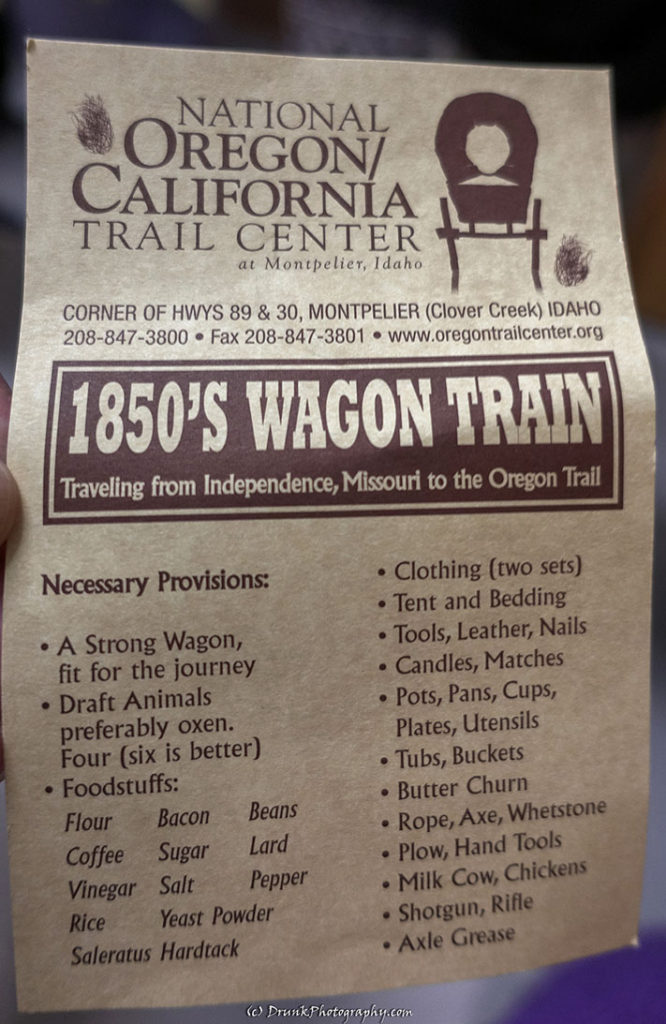
There is no medicine that will cure her, you can’t stay around all day waiting for the daughter to get better, the wagon train must be one the move at all times to keep the schedule of making it to the destination while acceptable weather exists. You don’t want to be stuck anywhere, or it’s possible death for you the parent hanging back. So if your daughter gets sick, and you are nowhere near your destination, and you MUST make it there by the time cold weather sets in, IN THE MID WEST OF ALL PLACES, will it be you or your spouse who will stay back with the dying child? You can’t keep caring for the child and stay on the move, are both adults going to stay behind, or will 1 of you continue on and the other stay back with the child, to bury the child? This was a common situation that the Settlers faced when it came to mortality on this trip. Would you make this trip if you only had 1 child and that was likely to happen? What if it were the male head of the household who had fallen ill? This is the part that defined who the weak were vs the “Legends”. Will, you just bury the person in a random field someplace you’ll never remember how to get back to, and move on? Would you dump the body in your wagon and haul it? Can you imagine that stress? WTF is going to happen to the person who stayed back with the sick person who is going to die? Will they catch up later? How? People likely died from cholera, or they drowned, your wagon killed you in an accident, or you murdered your own folks by accident with your weapons. This is where the NOCTC shines most. Their narrators are experts at storytelling, putting things into perspective, and catching you off-guard if you gave some “tough guy” answers to these crazy scenarios, which we people today, don’t have to face. You give a solution to a problem they ask you to solve, they shoot that solution to hell with the reality of facts and let you know that just killed yourself or your whole family with your dumb solution. lol Seriously, a lot of people doing this tour will walk out feeling really sad, after the NOCTC presentation. I too am not above being human, I’ll admit.
Now the real kicker for me was that I learned (previous to this trip), that all of the people on the trail were desperate people, trying to make new lives for themselves out west. This was taught to me in school, I heard this on podcasts, I read it in printed material about Gold Rushes, but it turns out that wasn’t accurate information. The NOCTC gave me a pamphlet with items that one would take with them on the trek of the trails, and when you put together your list of what you would like to take, you would quickly notice something that didn’t add up, literally, it did not add up. I looked over my list of things and based on what was discussed, I’d have over $5,000 (1850s money) worth of things I’d have to buy to make the trek. Who the hell had $5,000 like that, back then- hell who has it today? If you check out some of the costs for things back then using this 1870s goods catalog from the National Parks Services HERE, or a cost guide for 1850 HERE, vs the value of money back then vs present day HERE, you’d see the following inflation factoid (make note of those costs and items):
“U.S. Inflation Rate, 1850-2017 ($1)
According to the Bureau of Labor Statistics consumer price index, the dollar experienced an average inflation rate of 2.06% per year. Prices in 2017 are 29.14.0% higher than prices in 1850. In other words, $1 in the year 1850 is equivalent to $30.14 in 2017, a difference of $29.14 over 167 years. The inflation rate in 2017 was 1.99%.”
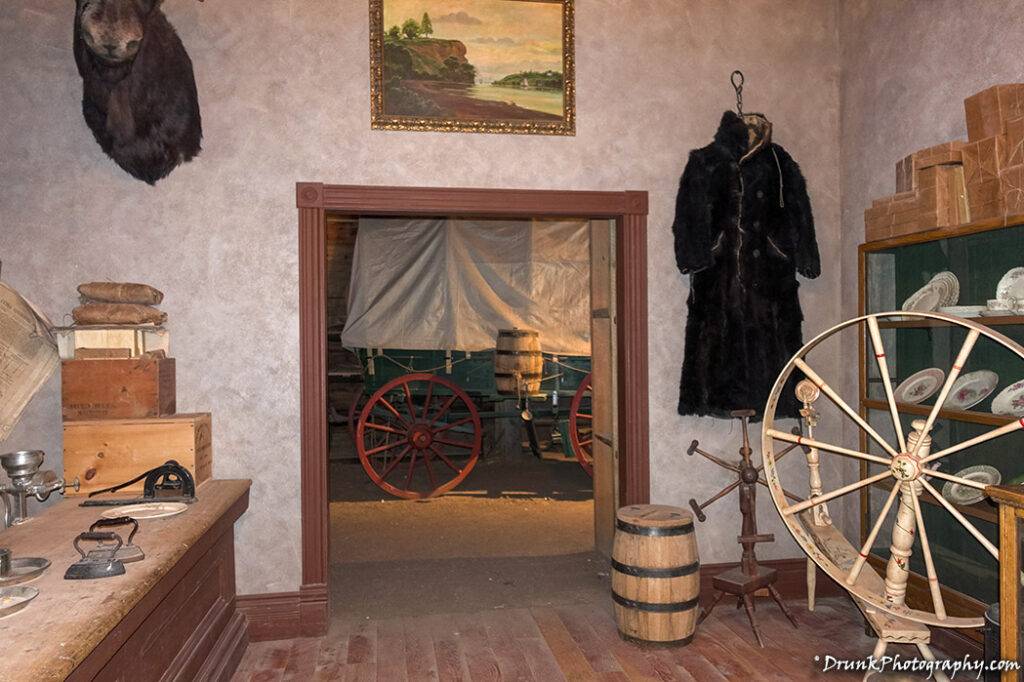
$1 dollar back then would be the equivalent of $30.14 today! The most frugal and experienced could do this trip for about $1,500 of 1850s money or $45,210 of today’s money. Could we afford this stuff, back in the days? The basic barrel to put your material in cost $3 of 1850 money, which is $99 in current money for 1 barrel! A shotgun would cost $1,808, and you need 8 to 12 oxen wagon, so that means you shell out about $600 or $18,084 (600 x 30.14 rounded off) by today’s value. We haven’t even made it to the food, or supplies. You would need hundreds of thousands of dollars (enough to buy a house in middle-America today), in today’s money, just to do the trails alone, we’re not even talking about making to the destination and then building a homestead. Hell, you at least have a lot of employment options today, unlike people back then and this money is already too much! I’m not spending half a million to move to LA, dude! Look at either of those 2 links I posted above about cost of goods, and compare the flyer I took the picture of (inset picture), and ask yourself, “who could afford all of that stuff???” The answer is that most people could NOT AFFORD to do the Oregon or California Trails! They had to mostly be middle class or upper class makes this trek well prepared, and on top of that, people were shipping their goods in boats around the coasts of US, only rich people could do that. This is the biggest misconception about the trails, most people were not desperate to find a new life, those were the Gold Rush people. The planning alone took most people well over 1 year just to plan! They had to work at least 3 years straight to raise that money. That’s why so few people did the migration out West, they couldn’t afford it. The trail journeys were incredibly hard, and only the best of the best could complete their quests, and it turns out that many people didn’t even last to make to Oregon or California. Those people went to Idaho, Wyoming, and Utah, which is why the count of people is between 320,000 to 600,000. Those were probably people who didn’t intend on being where they ended up, as their final destination, but crashed out of the Oregon Trail obstacle course. lol Still, most people who went on the journey, made it to where they needed to go, only because they had the manual labor skills, weapon skills, craftsmanship and the money to do so. Many of these skilled Settlers didn’t solely rely on slaves, or just didn’t have a need for slaves since making a big family is a homesteading strategy. However, a bunch of Settlers had slaves and those slaves did a bulk of the work for them, which allowed many to make the Oregon Trail. You can’t be poor and have slaves, you can’t be poor and buy all this stuff required to make it successfully through the Oregon Trail, the bulk of these people made it safely because they had no reason to not think that they would make it safely across to Oregon! So most of the people, on the Oregon Trail, could not have possibly been desperate and down on their luck to do the Oregon Trail, the money trail begs to differ. The Settlers (especially the later ones) were very confident in their skills, or money, and ability to survive on their wits, didn’t feel that Native Americans would be a major threat, the government would give them land to homestead (any land taken from Native Americans went to homesteaders for free, or to Railroad tycoons via land grants), plus the promise of what they could make when they finally succeeded to make arrived at their intended location, the promise of the American Dream. This journey came with great assurances, if completed, but one’s preparedness and survival skills had to be tight after one set foot on the Oregon Trail, which makes the Settlers an extremely well-praised group, in American history.

